How to Prevent Gum Disease with Brushing
Gum disease is a serious oral health condition affecting millions of Americans each year. According to the Centers for Disease Control and Prevention (CDC), nearly half of all adults aged 30 years and older show signs of gum disease. At Dentistry Toothtruth, we understand that proper brushing technique is your first line of defense against this common but preventable condition.
Understanding Gum Disease and Its Impact
Before diving into prevention techniques, it's crucial to understand what gum disease is and why proper brushing matters. Gum disease, also known as periodontal disease, begins with bacterial growth in your mouth and can lead to tooth loss if not properly treated. The condition starts with gingivitis, characterized by red, swollen gums that may bleed during brushing.
Essential Tools for Effective Brushing
To prevent gum disease through brushing, you'll need the right tools:
- A soft-bristled toothbrush (manual or electric)
- Fluoride toothpaste approved by the American Dental Association (ADA)
- Dental floss or interdental cleaners
- Antiseptic mouthwash (optional but recommended)
Proper Brushing Technique
The correct brushing technique is essential for preventing gum disease. Position your toothbrush at a 45-degree angle to your gums and use gentle, circular motions. Brush for at least two minutes, spending 30 seconds on each quadrant of your mouth. Pay special attention to the gum line, where bacteria tend to accumulate.
Frequency and Timing of Brushing
Consistency is key in preventing gum disease. Brush at least twice daily, ideally:
- First thing in the morning to remove overnight bacteria buildup
- Before going to bed to clean away food particles and bacteria from the day
- After meals when possible, waiting at least 30 minutes if you've consumed acidic foods
Common Brushing Mistakes to Avoid
Many people unknowingly make brushing mistakes that can contribute to gum disease:
- Brushing too hard, which can damage gum tissue
- Using a toothbrush with hard bristles
- Brushing immediately after eating acidic foods
- Not replacing toothbrushes every 3-4 months
Additional Prevention Strategies
While proper brushing is crucial, combine it with these strategies for optimal gum health:
- Regular dental check-ups every six months
- Daily flossing
- Balanced diet low in sugary foods
- Avoiding tobacco products
- Staying hydrated
Remember, preventing gum disease requires consistent effort and proper technique. Visit Dentistry Toothtruth for more detailed guidance on maintaining optimal oral health. If you notice signs of gum disease despite proper brushing, consult your dentist promptly for professional evaluation and treatment.

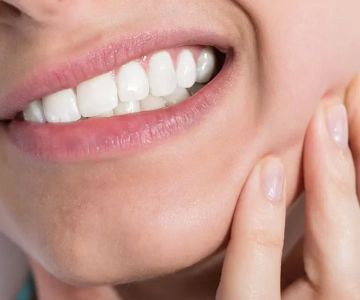
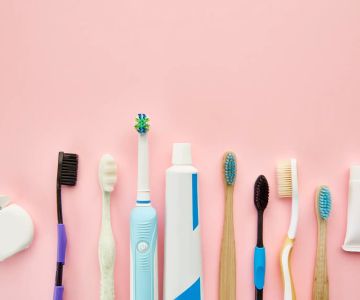
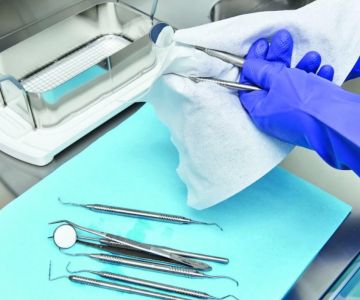
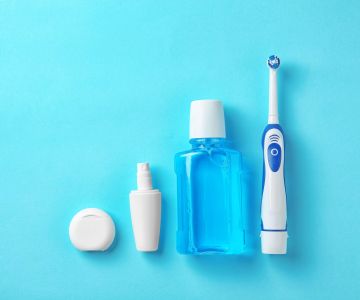
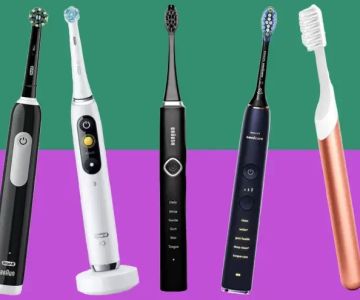
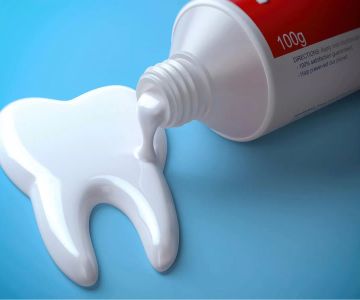
 Westgate Dental Arts3.0 (2 review)
Westgate Dental Arts3.0 (2 review) Coventry Family Dental4.0 (247 review)
Coventry Family Dental4.0 (247 review)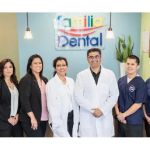 Familia Dental3.0 (1028 review)
Familia Dental3.0 (1028 review) Dr. Daniel S. Fife, DDS4.0 (31 review)
Dr. Daniel S. Fife, DDS4.0 (31 review) Dentistry At Suburban Square: Michael I. Wollock, DMD4.0 (1228 review)
Dentistry At Suburban Square: Michael I. Wollock, DMD4.0 (1228 review) Comfort Care Dental4.0 (1156 review)
Comfort Care Dental4.0 (1156 review) The Importance of Oral Health Education During Pregnancy for a Healthy Pregnancy
The Importance of Oral Health Education During Pregnancy for a Healthy Pregnancy Why Skipping Dental Checkups Can Lead to Bigger Oral Health Problems
Why Skipping Dental Checkups Can Lead to Bigger Oral Health Problems Best Tips for Brushing Your Teeth Properly for Healthy Gums: Essential Techniques for Oral Health
Best Tips for Brushing Your Teeth Properly for Healthy Gums: Essential Techniques for Oral Health Advantages of Porcelain Dental Restorations
Advantages of Porcelain Dental Restorations How Can Diabetes Cause Tooth and Gum Problems? Preventing and Managing Oral Health Issues
How Can Diabetes Cause Tooth and Gum Problems? Preventing and Managing Oral Health Issues Healthy Habits for Promoting Good Oral Health and Hygiene: Tips for a Healthy Smile
Healthy Habits for Promoting Good Oral Health and Hygiene: Tips for a Healthy Smile